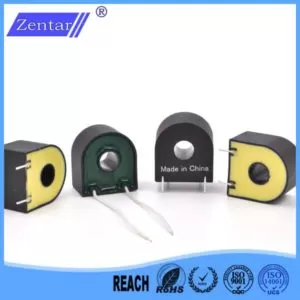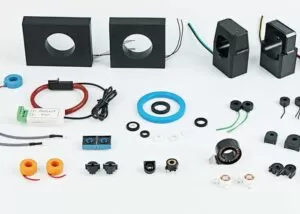
Linearity vs. Accuracy Errors: What You Need to Know for Selecting High Precision Current Transformers
Choosing the High Precision Current Transformer: Understanding Linearity and Accuracy Errors Understanding the differences between linearity error and accuracy error is essential for ensuring precise and reliable current measurements. By considering factors such as waveform distortion, measurement range, and budget, you can make an informed decision about the appropriate current



